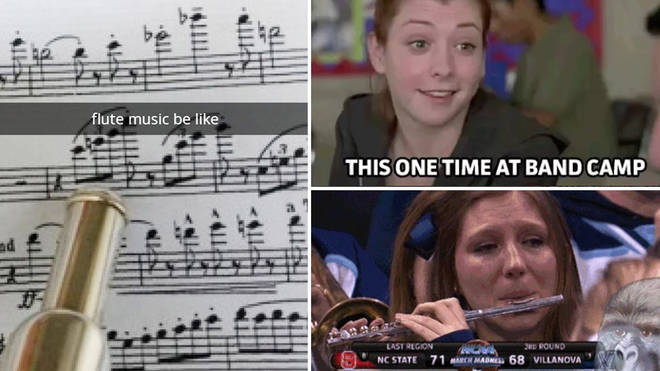by Robert Requintina, Manila Bulletin
OPM icon Claire dela Fuente passed away due to cardiac arrest this morning, March 30. She was 62.
Dela Fuente’s passing was confirmed by composer/producer Jonathan Manalo who is close to the family, according to a report by ABS-CBN.
Dela Fuente is the popular singer behind the immortal OPM songs “Sayang,” “Nakaw Na Pag-Ibig,” and “Minsan Minsan” in the 1980s.
During an exclusive interview in 2017, Dela Fuente said that she was thrilled to hear her songs on the radio on weekends. “Naririnig ko yan. Proud ako dahil ilang arttist ba ang may ganyan? Kokonti lang talaga kami.”
Dela Fuente also said that while her song “Sayang” is very popular, her biggest-selling record is “Minsan Minsan.”
“Yung ‘Minsan Minsan’ yun talaga ang nagconfirm sa akin sa stardom bilang sikat na singer,” she said.
Dela Fuente was discovered by noted composer George Canseco when she joined a singing contest at the age of 15. “Member ng board of judges si George nun sabi nya gusto mo bang kumanta sa commercial? Ako ang original voice sa Hope cigarettes commercial.”
When asked what she did with her first paycheck for her debut single “Sayang,” Dela Fuente said: “Naku ang liit lang nun! Ibinigay ko sa nanay ko pandagdag sa baon ko.” –
Sought to give advice to upcoming singers, Dela Fuente said: “Napakahirap kasi ngayon sa showbiz. If you want to succeed sa career, kailangan mo talagang mag-focus. At saka dapat alam mo ang sarili mo at realistic ka. Kung hindi ka naman ganun kagaling, paano? Kung hindi magaling, move on na. Sa ibang career na tayo pumunta. Ganun yun eh. Sa lahat ng bagay, pati sa negosyo, destiny rin ‘yan.”
In those days, Dela Fuente revealed she had cold war with rival singers Imelda Papin and Eva Eugenio.
“May iringan din kami nun. Mga bata pa kami nun syempre iba ang ugali namin. Pero ngayon, wala na yun. Nagkikita pa rin kaming tatlo,” she said.







